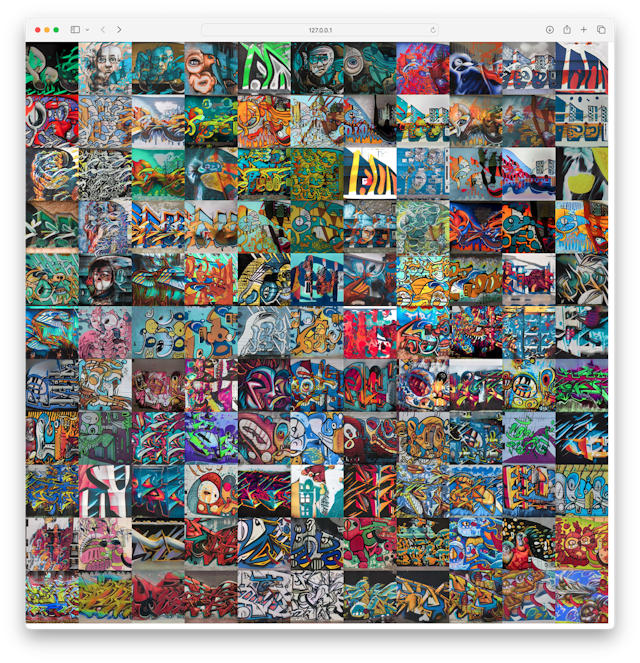Does creativity eclipse technology? Unpacking the philosophy of AI art
Artificial intelligence (AI) is largely devoid of one thing: the human experience. Bradley Stacey of Bray Leino says agencies should be brave enough to embrace it (while not forgetting where it comes from).

Is AI-generated art as limitless as we think? / Mo via Unsplash
Artificially intelligent (AI) imagery is fast becoming commonplace, cropping up in campaigns and Instagram feeds. As image generators like Dall-E 2 become more capable, user-friendly, and widely used, agencies can expect to encounter technical and practical challenges engaging with the technology. But by far the most interesting challenges are conceptual, theoretical, and ethical; marketers must ask the following questions.
What is creativity?
In a recent digital campaign for Molson Coors’ Praha lager brand, we developed an AI street artist. Before writing any code, we first had to consider: what is creativity? After some debate, we agreed with the definition from Marcus du Sautoy's book The Creativity Code: that creativity is the ability to produce something new, surprising, and valuable.
It would be easy to create an AI static machine, or an AI photocopier; but to create an AI that could produce something new, surprising, and valuable would be a real achievement.
Advertisement
Is the artist also the critic?
Generalist AI models like the popular Dall-E 2 can pore over a wide range of imagery. These models aren’t so great when you want to home in on a particular theme to connect with a particular audience.
Because we wanted our Praha project to be a celebration of street art, we needed a highly specialized model that would truly study the genre. So, we built a generative adversarial network, a pair of AIs that work together as both artist and critic to study a style and refine output in that style (it's the same architecture which generated the first piece of AI art sold at Christie’s).
The difference between an AI and a human artist is that these images will be the AI’s sole experience of the world. Because an AI will only ever experience what you put in the dataset, and these experiences will strongly influence the AI’s output, you must take time to build a compelling dataset.
In Praha’s case, we assembled a dataset of a wide range of eras, forms, subjects, and styles of street art, hoping our AI would be able to produce the essence of these images: the bright colors, angular typography, and illustrative forms we all associate with street art. Once trained, our AI did a brilliant job reproducing those details.

Advertisement
Is AI human enough?
Creating an AI artist presents a significant challenge. Technically, an AI can generate endless images; it has potentially limitless creativity. It’s a question many agencies will face: how do you narrow down an AI’s output to just a few striking images to support your campaign?
Although assisted by the tech we built, the final phase of the project was highly subjective, echoing early discussions about the concept of creativity. This was ultimately the greatest lesson of the project: AIs are essentially the product of a very human process. We should acknowledge this and be aware that, however advanced an AI is, and in whatever domain, they lack our collective imagination, shared experiences, and biases.
Behind every great machine is a team of real people. Timesheets will tell you that creative time eclipses tech time. Amid much concern about automation, I believe we should be brave enough to embrace new software to solve previously impossible problems. But we should also remember that AI is just that: software.
Suggested newsletters for you
Content by The Drum Network member:

Bray Leino
We drive growth through creativenergy®, by going beyond, to find the most powerful way. It’s the way we began back in 1973. Before email, before mobile phones,...
Find out more
